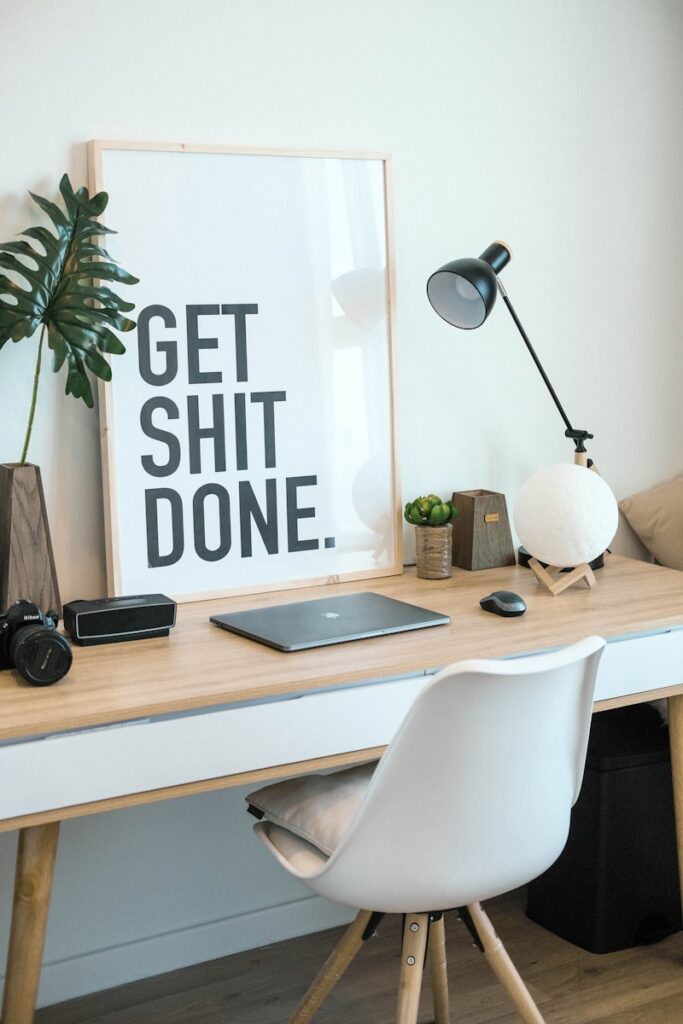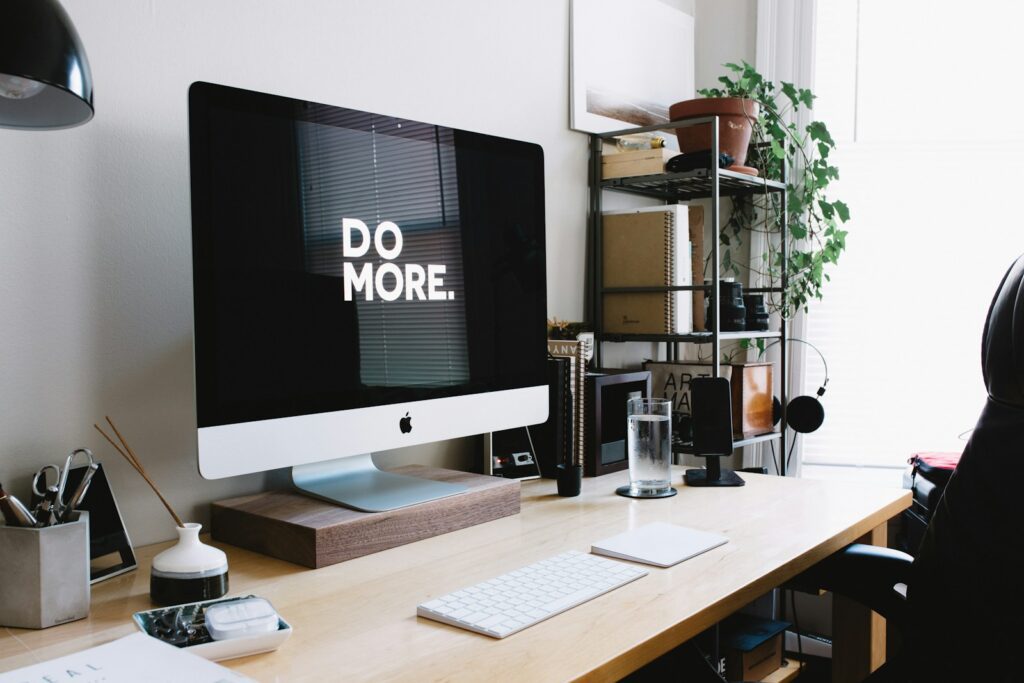This Post Contains Affiliate Links. Please Read Our Disclosure for Full Information.
If you’ve ever reached the end of the day wondering, “Where did my time even go?” — you’re not alone. Between work, errands, emails, and scrolling TikTok (oops 😅), it feels like there’s never enough time to actually get stuff done. Enter: time-blocking — a simple but life-changing productivity hack that helps you take control of your day.
Instead of working off a never-ending to-do list, time-blocking means you assign specific tasks to specific blocks of time. It’s like making an appointment with yourself — and actually showing up for it.
Let’s dive into 12 powerful time-blocking tips that will help you stop wasting hours, reduce stress, and finally get things DONE.
1. Start with a Digital or Paper Planner
The first step to time-blocking is having a tool that works for you. Some people swear by Google Calendar, while others love the tactile feel of a paper planner.
👉 Try a daily planner if you’re pen-and-paper obsessed.
👉 Or get organized with a digital planner for your tablet.
Choose one system and stick with it — consistency matters more than the tool.
2. Time-Block Your Mornings for Deep Work
Mornings are golden hours for most people — your brain is fresh, and distractions are minimal. Block out 2–3 hours for your most important tasks before you check emails or scroll socials.
👉 Use noise-cancelling headphones to stay distraction-free.
3. Group Similar Tasks Together
Instead of switching between emails, Zoom calls, and writing, try batching tasks. Answer all your emails in one block, schedule all your calls back-to-back, and leave creative work for another block.
👉 A good desk timer helps you stay on track.
4. Don’t Forget Break Blocks
You’re not a robot — you need downtime. Schedule short breaks between blocks to stretch, walk, or grab a snack.
👉 A standing desk converter can keep you moving without leaving your workspace.
5. Block Time for Meals and Exercise
Don’t skip the essentials! Schedule your workout, meal prep, and even lunch breaks into your calendar. This keeps your health a priority, not an afterthought.
👉 Stay hydrated with a motivational water bottle.
6. Use Color-Coding for Different Categories
Make your schedule visually appealing and easier to understand at a glance by color-coding. Work tasks, personal tasks, family time, and self-care can all have their own color.
👉 Grab a pack of colorful gel pens or digital labels.
7. Block Time for Planning Itself
Every Sunday or Monday morning, spend 20–30 minutes planning your week. This “meta-block” makes the rest of your week run smoothly.
👉 Use a weekly dry-erase board to keep your plan visible.
8. Add Buffer Zones Between Tasks
Don’t stack tasks so tightly that one delay ruins your whole day. Give yourself 10–15 minutes between blocks for a breather (or life’s little interruptions).
👉 A smartwatch can remind you when to wrap up.
9. Block Distractions Too
Yes, even social media deserves its own block. Instead of scrolling all day, schedule 15–30 minutes guilt-free. That way, you control your time — not the algorithm.
👉 Install blue light glasses to reduce eye strain during screen breaks.
10. Prioritize Must-Do Blocks First
Not all tasks are equal. Time-block the things that must happen (deadlines, important calls, self-care) before filling in the rest.
👉 A priority planner can help you rank tasks clearly.
11. Be Realistic With Your Blocks
Don’t overestimate what you can do in an hour. It’s better to finish early and get bonus time than to always feel “behind.”
👉 Use a productivity timer for realistic pacing.
12. Review and Adjust Weekly
Your first schedule won’t be perfect — and that’s okay. Review what worked and what didn’t at the end of each week. Adjust your blocks until it feels natural.
👉 A journal is great for reflecting on what’s working.
Final Thoughts
Time-blocking isn’t about being rigid; it’s about being intentional with your time. Once you start treating your calendar like a reflection of your priorities (not just obligations), you’ll notice you’re more productive, less stressed, and more in control of your day.
Start with just one or two tips from this list, and before you know it, you’ll wonder how you ever managed without time-blocking.
We are giving it for free to our users
Get 7 Free Digital Planner
The Bundle Includes -
Daily Planner, Weekly Planner, Monthly Planner, Self Care Planner, Daily Reflection, Goal and Habit Tracker, Gratitude Journal and Budget Tracker










